There are likely to be more people watching your nearest Premier League football match this weekend than there are elephants left in the wild. This magnificent species is threatened by habitat loss, poaching, disease and direct conflict with humans. We are working in India to protect the species from human-wildlife conflict, while closer to home we are part of a breeding programme focused on sustaining an insurance population.
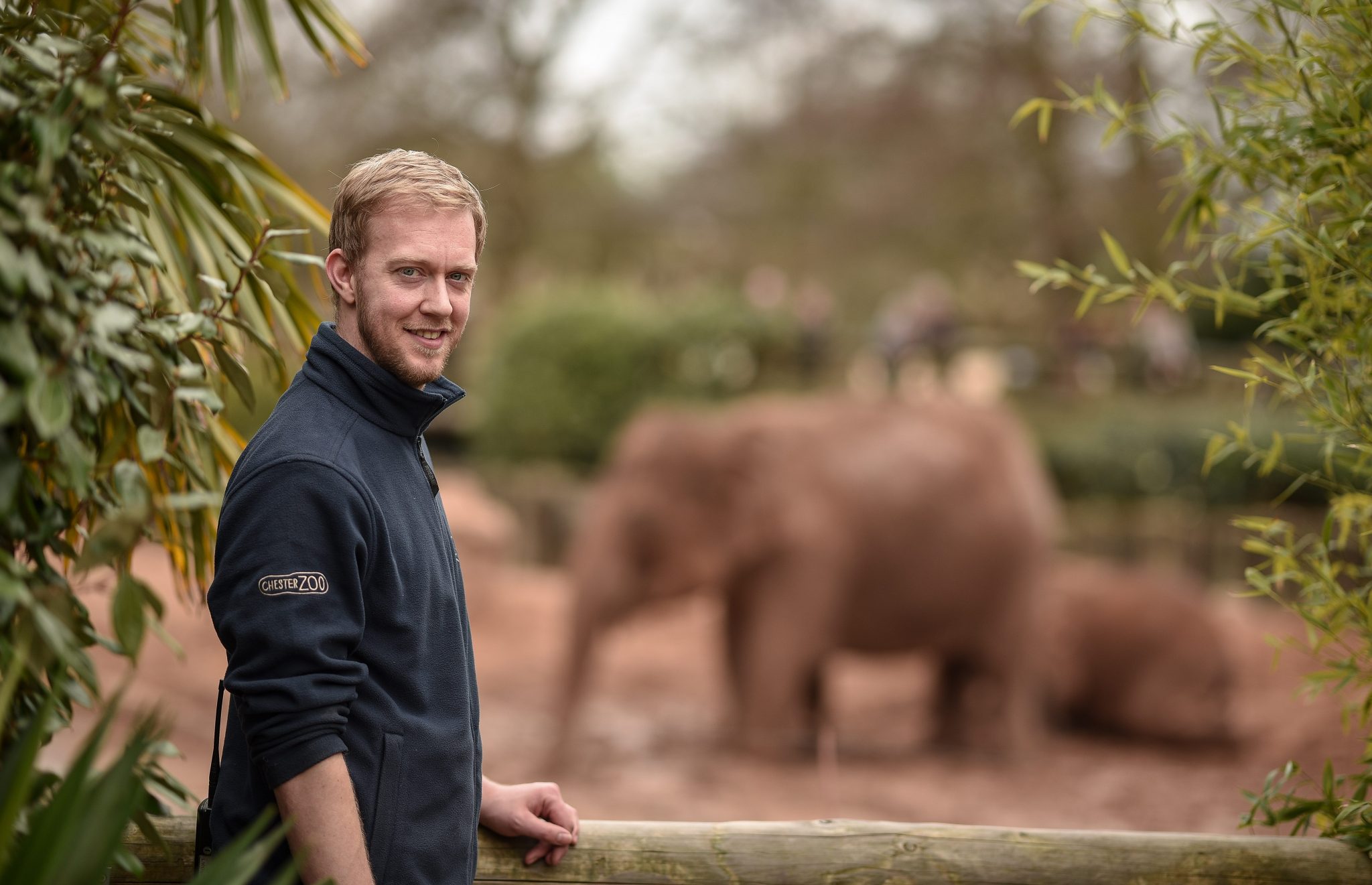
Our elephant herd here at the zoo are a close knit family. This is backed by scientific research which has shown that social bonds between individual elephants has a big influence on cohesion in the whole group and consequently the health and well-being of the herd. Richard Fraser, elephant assistant team manager, spends his working day with seven staff and eight elephants. Here, he explains why he loves his job…
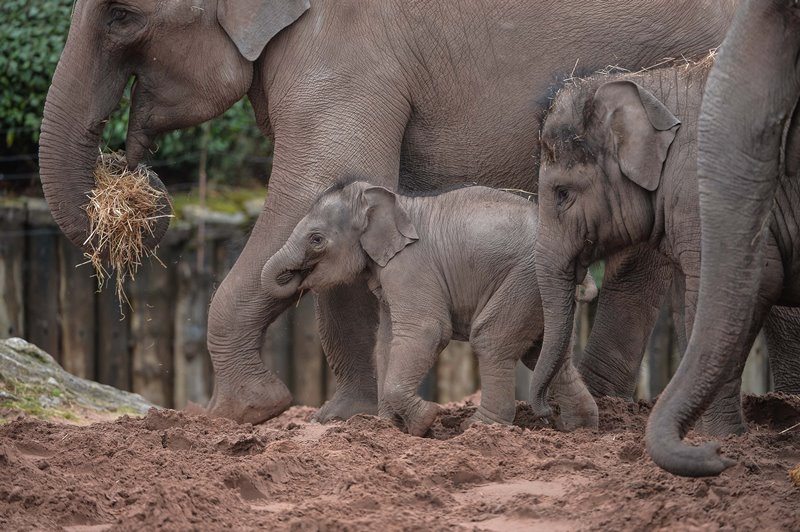
A tropical start to the chilliest morning…
“One of the many good things about working on the elephant section is the heat. Our elephant house stays at around 20 degrees which means it’s warm all year round and when you travel to work in the middle of the cold British winter, there’s nothing better than coming into a toasty habitat. The day starts with the team getting together to discuss plans for the day ahead.
The morning is the best part of the day
“I have to say one of the best parts of the day for me is first thing in the morning when we check the herd. We never enter the elephants’ habitat, so there is always a barrier between our team and the animals. Yet we still have to make sure they are fit and well. It is important that we build strong bonds with the elephants so that they respond well and allow us to carry out vital health checks. We train our elephants as early as possible because you never know when you’ll need urgent medical access. With new elephant calves we get them used to the keepers being around and coming into our husbandry areas.
“We have a special extended area to the main husbandry pen just for calves, which gives us better access to them while mum remains near-by watching what we’re up to. If necessary we can take blood samples and administer drugs in a calm and cooperative manner that both mum and calf are comfortable with. When the calves are about 6 months old we take weekly blood swabs from the ear to check for any presence of Elephant Endotheliotropic Herpesvirus (EEHV). This deadly virus affects young elephants and is a major threat to their future survival in the wild and in zoos. It typically strikes around weening age and is very fast acting. As there is currently no vaccine for the virus we do weekly blood tests so that if the virus is found we can begin anti-viral treatment. Meanwhile our scientists are fighting against the clock to develop a cure which could protect the species globally.
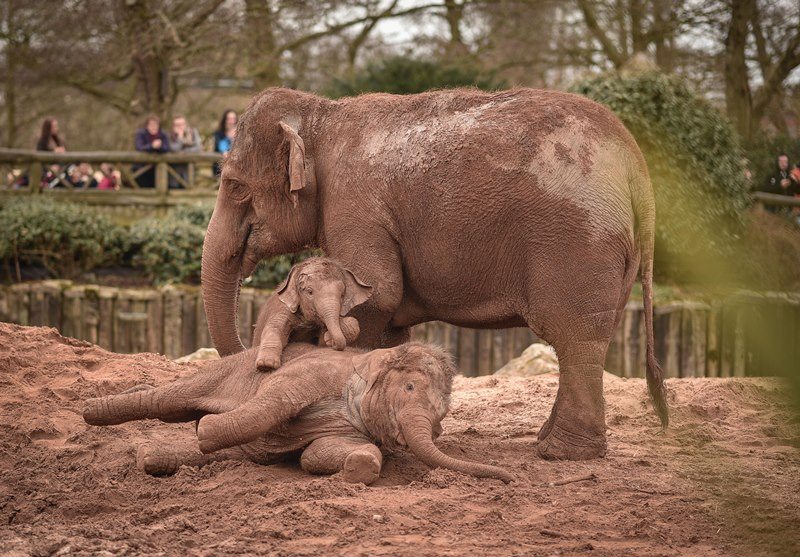
Poo glorious poo
“If you’re a zookeeper then poo is a big part of your life, you’re immune to the smell and it’s normal to talk about it over lunch. Once we have completed the daily health check then it is time to clean out. While our elephants are outside we clean the indoor habitat and while they are inside we clean their large outdoor paddock. Our work is not completely about poo though! We also spend time forming sand mounds, creating bark piles and digging out mud wallows to provide an interactive environment for our herd. A big part of our job is to come up with new and innovative ways of keeping the elephants busy while at the same time encouraging natural behaviours, and it’s a task I relish. All the more so as it usually involves us spending time driving around on the section tractor and excavator before watching the elephants explore what we’ve created.
I love Asian elephants and enjoy working with them every day. Working here means I play a vital role in conserving this beautiful species. As well as working with the herd in the zoo we also work in India trying to protect the species in the wild.
Most memorable moment
“One of the major threats to the future of Asian elephants are the encounters between human and elephant populations. The forests of Assam in North East India provide one the last strongholds for the Asian elephant but these forests have some of the highest levels of human-elephant conflict in the world. Activities such as deforestation are bringing elephants closer to humans so they often end up travelling through villages, destroying homes and crops. We are working with the local communities to develop ways for them to live safely alongside wild elephants, while being able support themselves and their families.
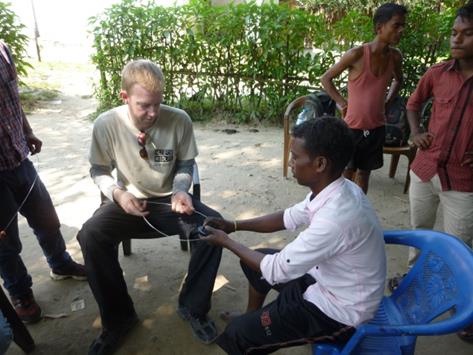
“We formed the Assam Haathi Project with our partner organisation Ecosystems-India over 12 years ago. The project works with more than 24 villages in the Sonitpur and Goalpara districts of Assam in India, working within the communities to create deterrent measures for the elephants such as electric fences, spotlights and chilli smoke, but also working with the local people to improve livelihoods. I was lucky enough to travel there in 2014 and get first-hand experience of the problems people are facing. It is critically important that our hands on experience with the species here is used to the combat the problems faced in the wild. The dedication shown by the conservation team out in India as well as the enthusiasm and gratitude from the local people has shown me how, with a little extra help, a huge difference can be made to so many lives. In turn this is then helping to conserve the remaining populations of elephants that are found in areas such as Assam.
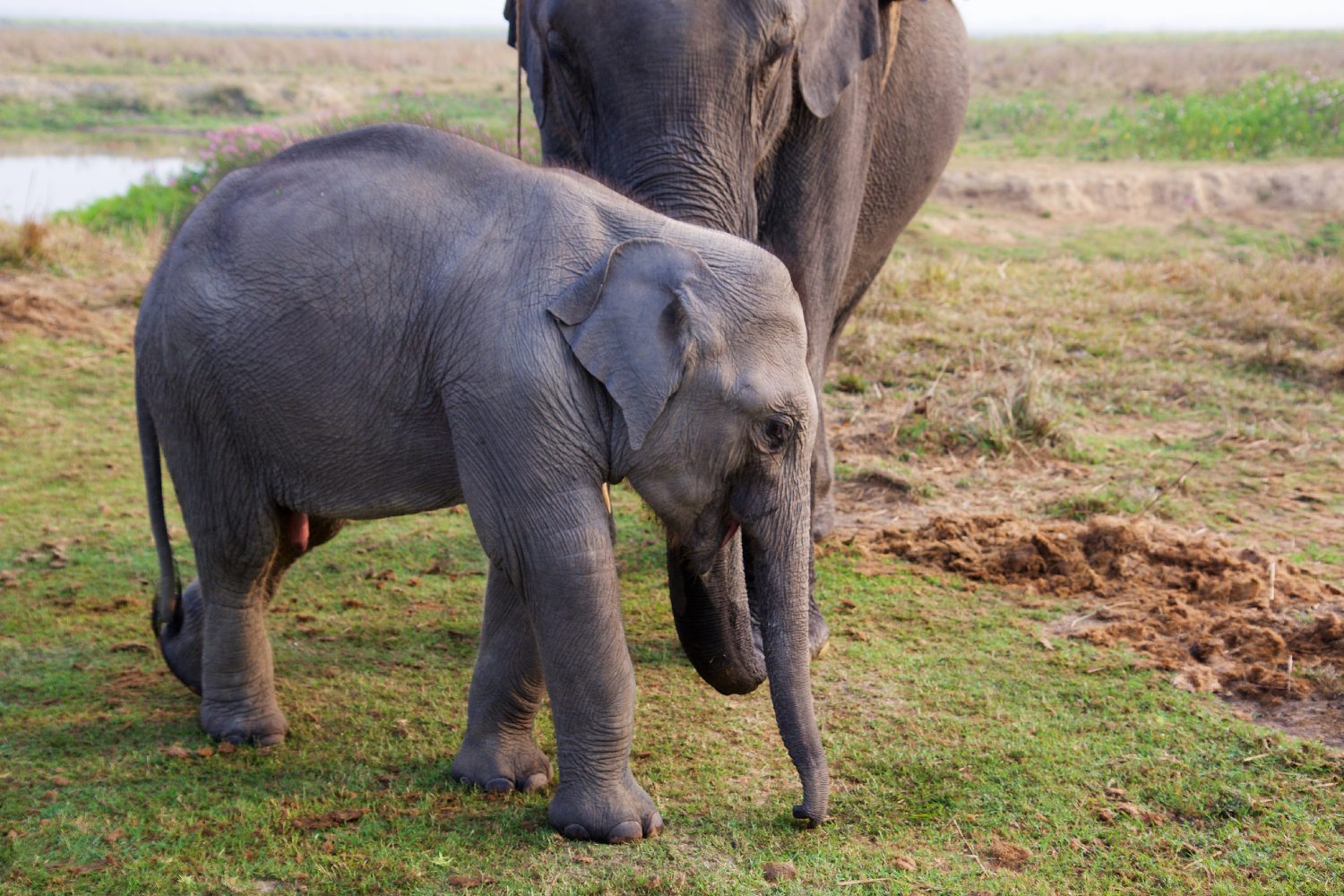
Finding out more about this endearing species
“One of the highlights of my week is watching our elephant herd sleep. We’ve been observing the social affiliations of our herd for two years now to give us an insight into our elephant’s psychology. We do this by observing the herd during the night, giving us a unique insight into how they react without us around. Using a camera system that is already installed around the house, a member of our team watches the sleeping patterns of the herd over a 12 hour period from 7pm to 7am, twice a week.
“We hope our work monitoring their social affiliations will develop and grow. We are at the forefront of elephant wellbeing and the work we are doing here will enable us to gain a deeper understanding of this truly fascinating species.
“Right now, Asian elephants are under threat but we won’t stand back. Conservation is critical, in zoos and the wild. It’s time to Act for Wildlife.”
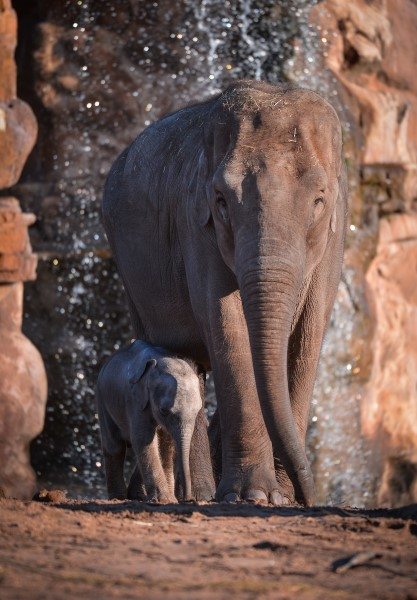
Donate to We Will Never Forget
Join the fight now and 100% of your money will support invaluable research and help us put a stop to this devastating virus.